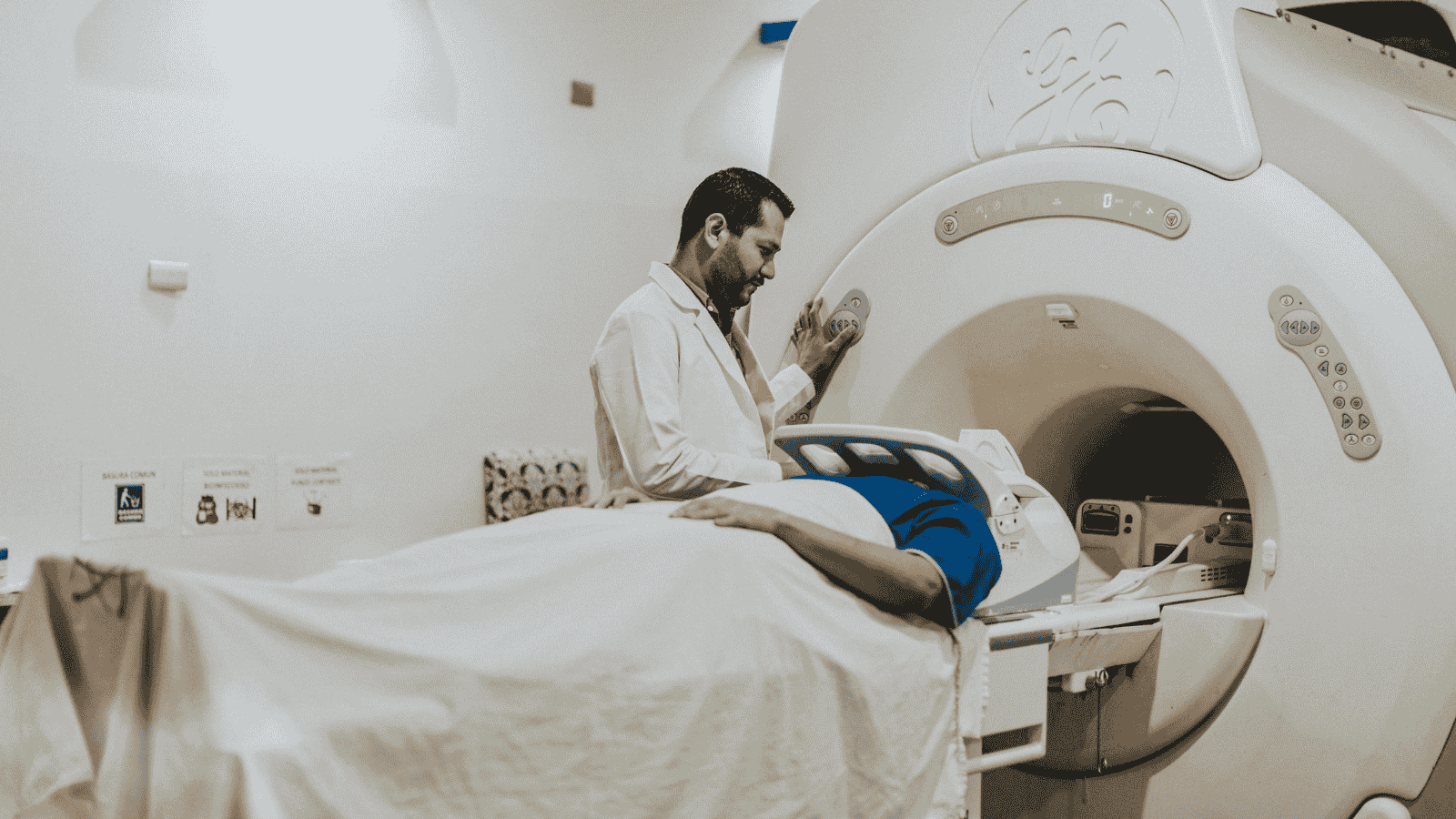Hızlı Randevu Formu

Magnetic Resonance Angiography (MRA)
Magnetic Resonance Angiography (MRA) is a non-invasive, painless magnetic resonance imaging technique that allows for the visualization of blood vessels in the body. Since no X-rays are used, it is preferred in situations that require frequent imaging or monitoring, especially in young patients. This method can visualize blood vessels in the brain, neck, abdomen, heart, chest, arms, and legs.
Why is it needed?
- Aneurysms or arterial wall weaknesses
- Aortic stenosis or aortic coarctation
- Atherosclerosis (arterial hardening)
- Stroke (paralysis)
- Pulmonary embolism (lung embolism)
- Coronary artery disease
- Narrowing and other anomalies in peripheral arteries and veins
- Renal artery stenosis (narrowing)
For preparation and other information, click on the Magnetic Resonance Imaging section.
Advanced MRI Applications
- Whole Body MRI
- Cardiac MRI
- Multiparametric Prostate MRI
- Magnetic Resonance Angiography (MRA)
- Prostate MRI
- Breast MRI
- Functional MRI (fMRI)
- Dynamic Pelvic MRI and MR Defecography
- Cranial (Brain, Head, Neck) MRI
- Abdominal and Pelvic MRI
- MRI Enterography